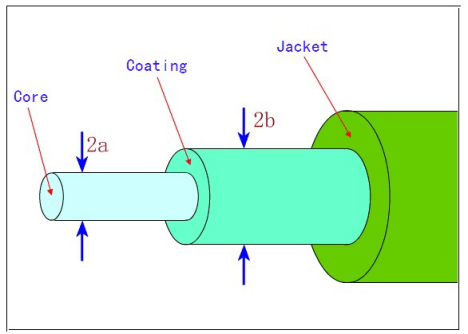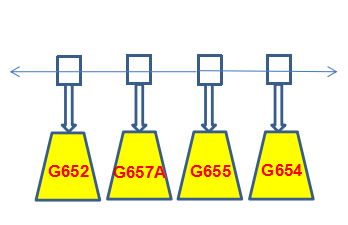Optical fiber incudling some kinds of types, I was in a mess when checking goods.It took a long time to check it out, and afraid to make mistake. In order to make customers to learn more about the optical cable, briefly summarize the difference between common optical cables.
Optical cables are made to meet the optical, mechanical or environmental performance specifications.It is a communication cable assembly that can be used individually or in group. Active Optical cable is the main transmission tool of various information network in the society.
Optical cable is consist of core, coating and jacket.
Core: Higher refractive index, for transmitting light;
Coating: Lower refractive index, form a total reflection condition with core;
Jacket: High strength, can bear greater impact, protect optical fiber.

Common optical fiber and differences:

G652: Standard single mode fiber, zero dispersion point is in 1300nm,divides into G652A,B,C,D.The main difference is PMD. It’s feature is that the fiber dispersion is very small when working wavelength is 1300nm, the transmission distance of the system is only limited by the loss;
G657A: Available in D, E, S, C and L5 wavebands. It can work in the whole working wavelength range of 1260-1625nm. With excellent bending performance and the technical requirements of geometric size are more accurate;
G655: Non zero dispersion-shifted fiber (NZ-DSF) contains 655A,B,C; The main characteristic is that the dispersion of 1550nm is close to zero, but not zero. It is an improved dispersion-shifted fiber to suppress four-wave mixing;
G654:Ultra low loss optical fiber, mainly used for transoceanic optical cable. The common core is pure SiO2,while the ordinary ones need to be doped with germanium. The loss near 1550nm is minimum, only 0.185dB/km, the dispersion is relatively large,a bout 17~20 ps/(nm·km), But the dispersion is zero in the 1300nm wavelength region.
We can see from above that their difference on fiber types, dispersion and loss .
